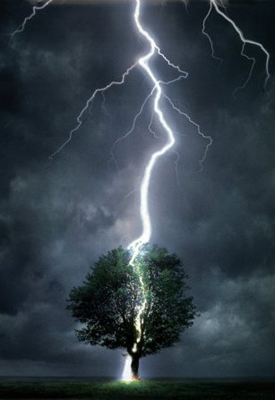Poison ivy is not so fun, each of the last two summers I have had nasty bouts of it. For the longest time it seemed I was immune to the oils from the shrouded plant. I never seemed to get the itchy sensation or the bumps on my skin, or even the puss oozing pustules. However an irritating read bumpy rash one summer seemed to signal the end of my free pass. People can be susceptible to poison ivy then all of a sudden seem to not have any issues, or they could seemingly be immune to it than be come more sensitive to its oils. At any given moment about 15% of people are not sensitive to the poisonous oils, whereas 85% are.
Some common symptoms of a poison ivy rash can be a small itchy irritation to begin with that eventually expands and grows, and in my case, until it has wholly consumed the left leg from the top of the ankle to the back of the knee. A rash will show and many minute bumps could develop on the affected skin. Sometimes theses bumps can turn into blisters, which oftentimes burst and secret a puss like liquid, that in my experience tends to worsen the rash and spread the oil.
The criminal in this case isn’t the plant itself, but the oils that are apart of it. Urushiol oils is the ring leader and is also found in poison sumac and poison oak. Only humans and some other primates are allergic to the oil. Often times animals such as deer can be spotted eating plants containing urushiol oil. The oil seeps into a person’s skin and begins to fester. If you think you may have had contact with poison ivy do not take a comforting warm shower to rinse off the oil. Instead rinse off the suspected areas with ice-cold water, the sooner the better. There are some special soaps on the market that can help remove the oils, they usually can be found at a drug store or a supermarket. After an hour the oils tends to be deeply entrenched into your skin. If you didn’t get washed off in time and the itch is starting to begin, take the hottest shower possible for as long as possible and this should reduce the irritation. There are many cremes to apply to areas with irritation, but if the rash spreads wildly or is unbearable consulting a physician would be a good option.
Poison ivy can be hard to spot for the untrained eye and easy to rub up against even for those who have an idea of what it looks like. The plant itself can be a small leafy green on the forest floor, it can take a shrub like appearance and look like a bush, or it can even become a leafy green vine snaking up a tree. The way to identify it is to look at the leaves of the plant. Poison ivy is most often green but can have hues and shades of red and purple as well, that is why I suggest committing the shape to memory. The leaf shape is a cluster of three leaves on one central stem with a leaf shape of a mitten. On either the right or left side you should see a small indentation that is not shown as strongly on the other side. This creates the mitten like shape we all should avoid. The center leaf may be more symmetrical in appearance, but the leafs on either side will have a thumb protruding out on the side not adjacent to another leaf.

